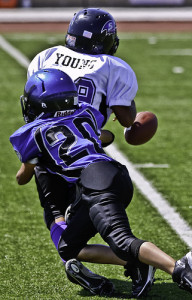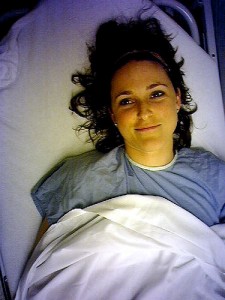While the NFL concussion lawsuits have made many Californians aware of the risks of sports-related head trauma, it’s important to remember that these injuries aren’t limited to professional sports. Indeed, a recent article in Consumer Affairs reported that “high school players are at much higher risk than youth- or college-level players” of sustaining a traumatic brain injury (TBI) on the field. And when do most of these injuries take place? According to the article, it’s not during the games. Rather, a majority of concussions occur during regular practices.
Call for Action in High School Practices
Did you know that more than 50 percent of all concussions sustained among high school and college players take place during practices? That’s the conclusion drawn by researchers in a new study in JAMA Pediatrics, which examined data from more than 20,000 athlete seasons. If so many TBIs are taking place during practices, should coaches and other officials be doing more to prevent these serious injuries?
 North County San Diego Injury Lawyers
North County San Diego Injury Lawyers


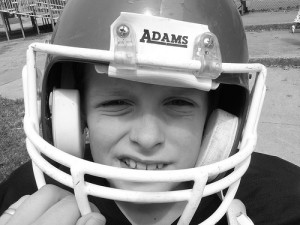
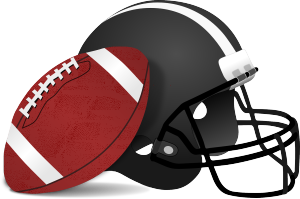
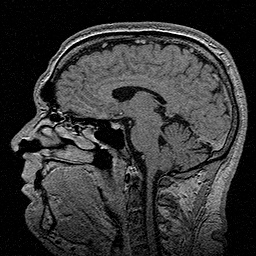
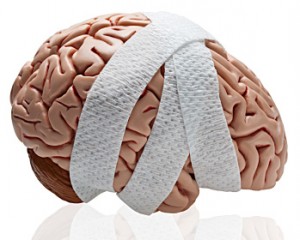
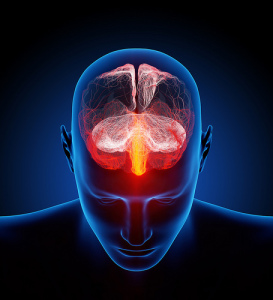
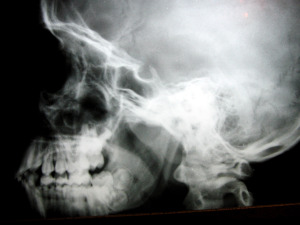
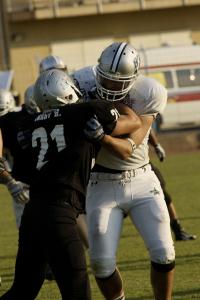 nges Allots Funds for Brain Injury Research Teams
nges Allots Funds for Brain Injury Research Teams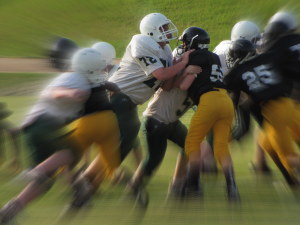 in Injuries
in Injuries